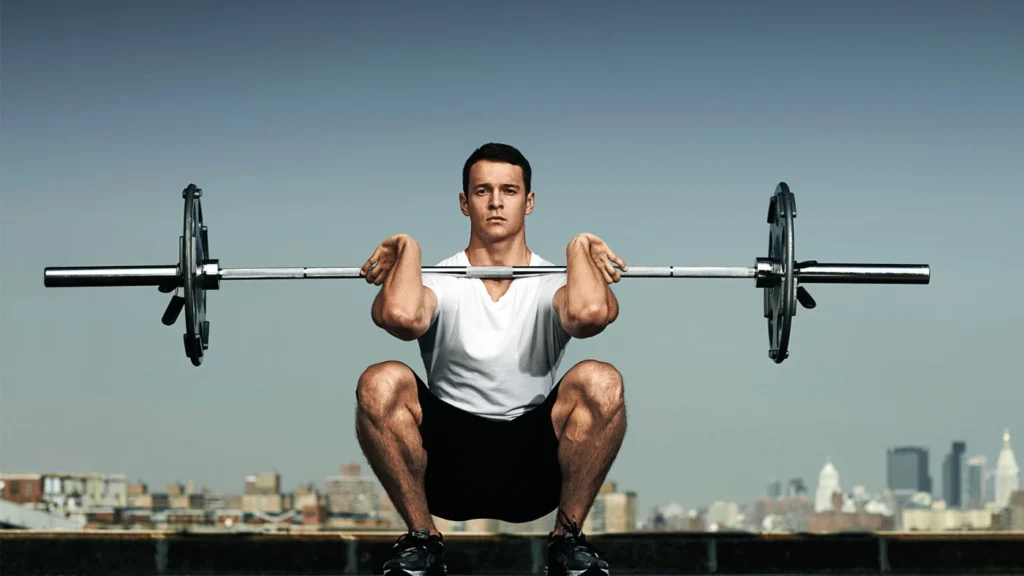Mixed martial arts (MMA) continues to be at the forefront of academic research due to its popularity and complexity. MMA incorporates a variety of combat sport styles including wrestling and boxing, thus an abundance of striking and grappling techniques are utilized. With many contacts during bouts consisting of upper body strikes, upper body power (UBP) is of high importance for these athletes. Power is defined as work per unit of time and is equal to Force X Velocity. While the amount of force is essential to striking, the rate at which force is delivered could be a key component of success. Thus, UBP should be considered vital to MMA athletes providing benefits to training and performance alike.
Testing and measuring UBP in MMA athletes requires a practitioner to understand what, why, and how power will be collected. Understanding that peak power is the main goal, increases in this can occur from short duration maximal effort movements. As applicable assessment could be that of a smith machine press with a linear transducer as exhibited by Shim et al. (2001). However, if simplicity and or cost are part of the equation, use of a jump mat and countermovement pushup could also provide a valid and reliable form of power output. It is important to note that MMA athletes are relative sport athletes, in that they are regulated by bodyweight for competition. Remembering this aspect can help focus the testing and programming to more applicable means.
To improve power general guidelines listed by the National Strength and Conditioning Association can be followed. However, remember the goal is to increase force rapidly over a short distance. Thus, high intensities will not be necessary for the entirety of a program but should be used appropriately in relation to periodization with competition. This is not to say that MMA athletes should not train high intensities, rather that appropriate use of such intensities (why and how it will benefit them at this time) needs to be considered. As with other populations 1-6 reps and sets is commonly prescribed with rest intervals between 2-5 minutes. With more well trained athletes intra-set rest can be used via cluster training methods, but should be reserved for more well trained athletes. As stated above intensities will have some variation between bodyweight to 80% 1RM. However, it should be noted that Soriano et al. (2017) determined optimal peak power in bench pressing occurs between >30% to <70% 1RM. Additionally, ballistic and countermovement exercises will be incorporated as these will aid in the ability to rapidly develop force.
While there are a variety of movements in MMA, UBP should be considered essential for performance. Appropriate assessment and programming provide the basis for which peak power can be developed. Thus, it is important for practitioners to understand the needs of the sport they are working with and the specific way power can be measured to improve performance in MMA.
https://www.nsca.com/education/journals/nsca-coach/
https://www.nsca.com/globalassets/education/nsca-coach/nsca-coach-9.4.pdf






